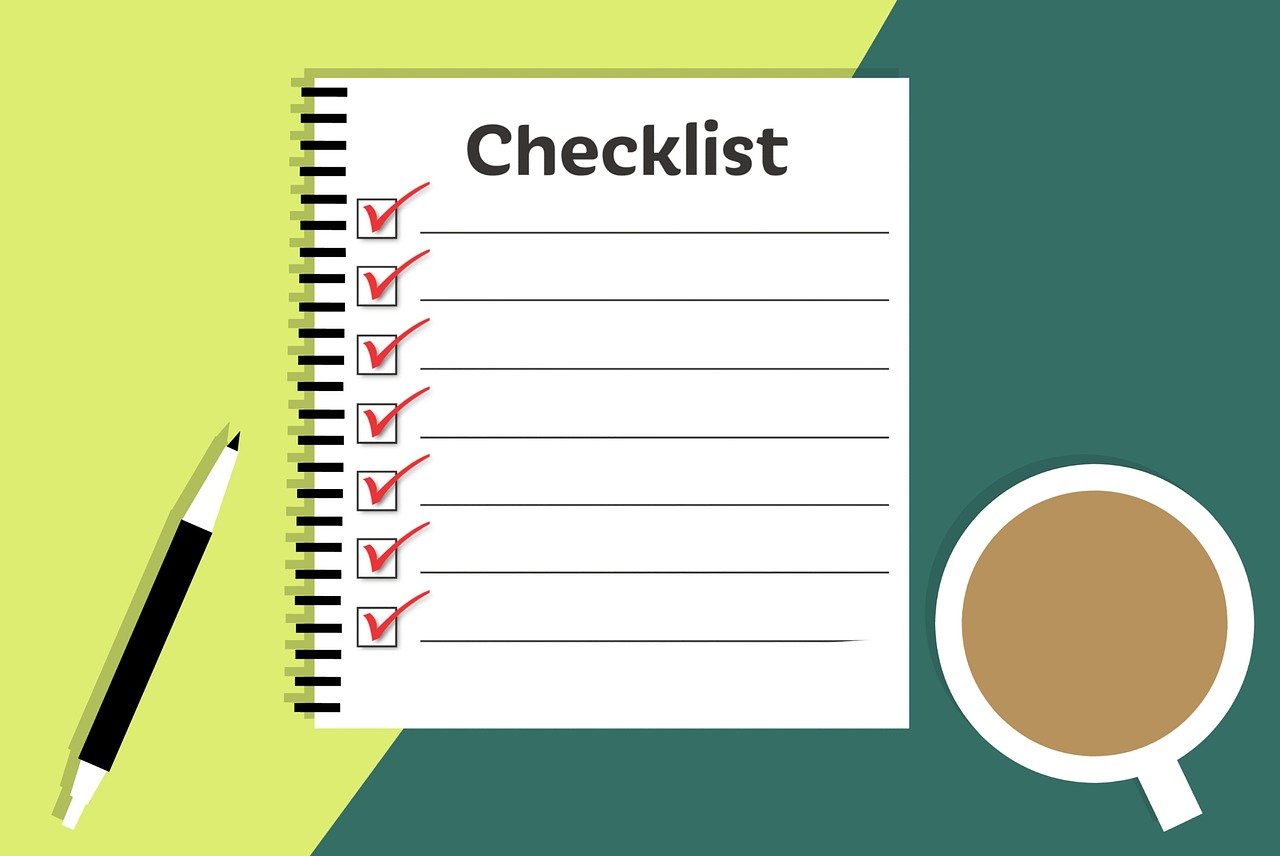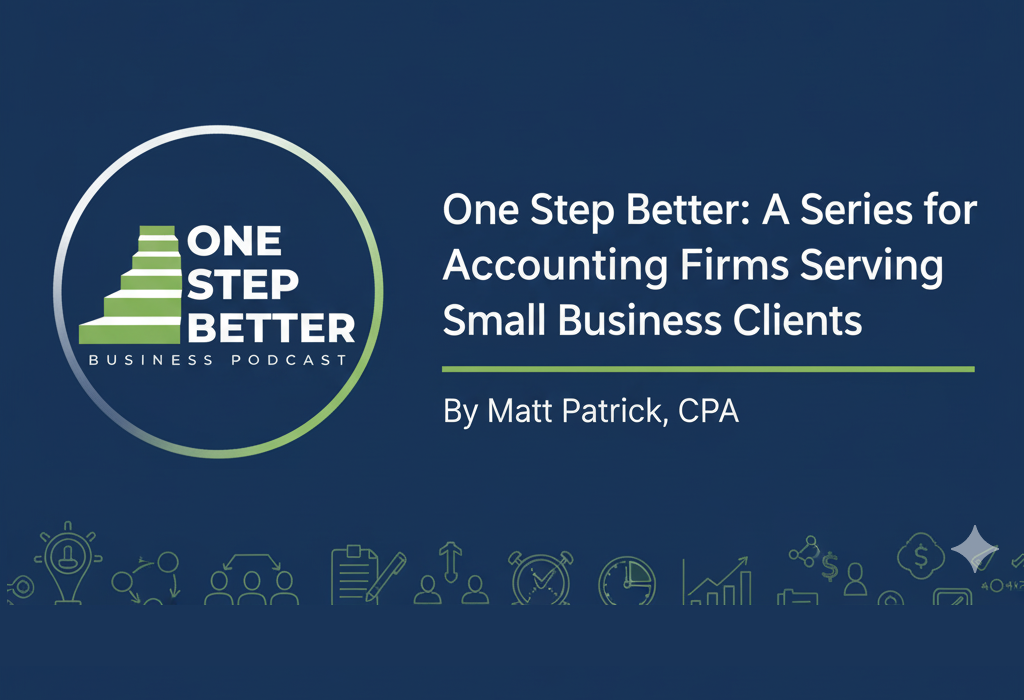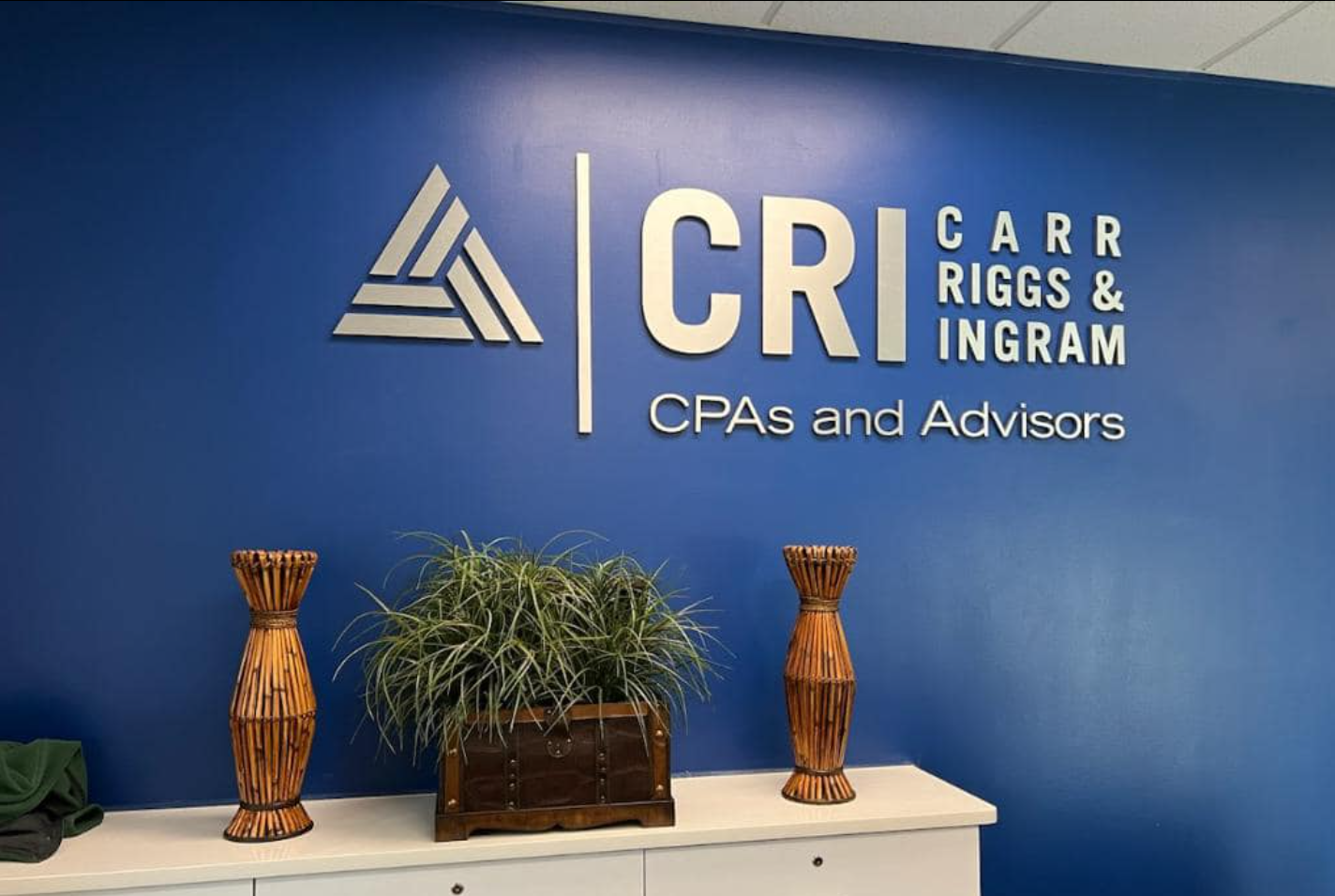By John Graziano, CPA, PFS, CFP®.
Landing a new client is exciting for any firm, but before solidifying your working relationship, it’s important to go through the onboarding process.
Onboarding is a simple and effective way to ensure everyone understands how the relationship will work and what will be expected of each party. Taking the time to plan and optimize your onboarding will improve efficiency and client satisfaction.
Here’s how to onboard your clients the right way:
1. Define Your Ideal Clients
Before you start focusing on your onboarding process, it’s important to define your ideal clients. These are the clients that are the best fit for your firm and whom you can best serve with your services.
Every firm will have its own definition of an ideal client. Partners and team members should understand who these clients are so that there is no confusion about who will be going through the onboarding process.
When you have a clear definition of who your clients are, what they need, and how you can serve them, it will allow you to optimize and improve your onboarding.
2. Standardize and Centralize Onboarding
Along with defining your ideal clients, it’s important to standardize and centralize your onboarding process. Standardization ensures consistency, while centralization eliminates confusion.
Standardizing and centralizing the onboarding process will ensure that:
- Every client goes through the same process and is asked the same questions
- There’s no confusion about where and how to onboard new clients
Standardizing and documenting the client onboarding process will help build the foundation for a fruitful relationship between your firm and your clients. Through standardization, you ensure that your process is:
- Consistent
- Orgnanized
- Carried out in a timely manner
- Meets or exceeds the client’s expectations
Centralizing the process ensures that all onboarding-related documents are in one location for better organization and management.
3. Understand Your Client’s Needs
Onboarding is a great way to get to know your client’s needs and learn more about their desired outcomes. Discuss what success means to your firm and ask your client the same. Doing so will open up the conversation about their goals, how you can work together to achieve that and how they align with your firm’s services.
Having this discussion will lay the groundwork for setting clear expectations and ensuring that everyone is on the same page.
Like every other aspect of the onboarding process, it’s important to standardize this step to the best of your ability.
Ensure that the same questions are asked, and the discussion generally moves in the same direction for each client. Every client is unique, but your ultimate goal is simply to learn more about their needs and desired outcomes.
4. Set Expectations
When onboarding clients, it’s crucial to set clear expectations for all parties. Clients should know what to expect from your firm and vice versa.
Setting expectations now – in the early stages of the relationship – will help prevent future problems and missed deadlines.
Make sure that clients understand:
- When your firm is available and your response times
- When clients should be submitting their deliverables
- When and how payments will be made
- The scope of the work
- Any other important information related to your services
Setting clear expectations will eliminate confusion and prevent client dissatisfaction. Skipping this step will only create headaches for your firm.
For example, if you don’t communicate your availability and response time, clients may assume they can reach out anytime and get an immediate response. When their expectations aren’t met, they may become upset, and your team may wind up spending more time putting out fires. Each time your team has to quell client expectations, it takes time away from core tasks.
Setting expectations can help prevent this type of situation. It ensures that everyone is on the same page and knows what to expect from each other.
5. Introduce Team Members to Clients
Another important step in the onboarding process is introducing clients to team members who will be working on their engagement.
It’s important for clients to know who they will be working with and to have the opportunity to ask questions or discuss concerns with these team members.
Make sure that this meeting is part of your onboarding process, whether it’s virtual or in-person.
Conclusion
Client onboarding lays the groundwork for successful client relationships, but it’s important to ensure that your process is optimized, standardized, and centralized. Otherwise, onboarding will be inconsistent and haphazard at best.
Defining your ideal client, setting expectations, and understanding your client’s needs will help you better serve each client that your firm takes on.
==
John Graziano, CPA, PFS, CFP® is president of FFP Wealth Management, a financial planning and management firm. He also actively mentors more than 80 CPA firms across the country. To get in touch with John or his team, please do so here.
Thanks for reading CPA Practice Advisor!
Subscribe Already registered? Log In
Need more information? Read the FAQs
Tags: Firm Management




